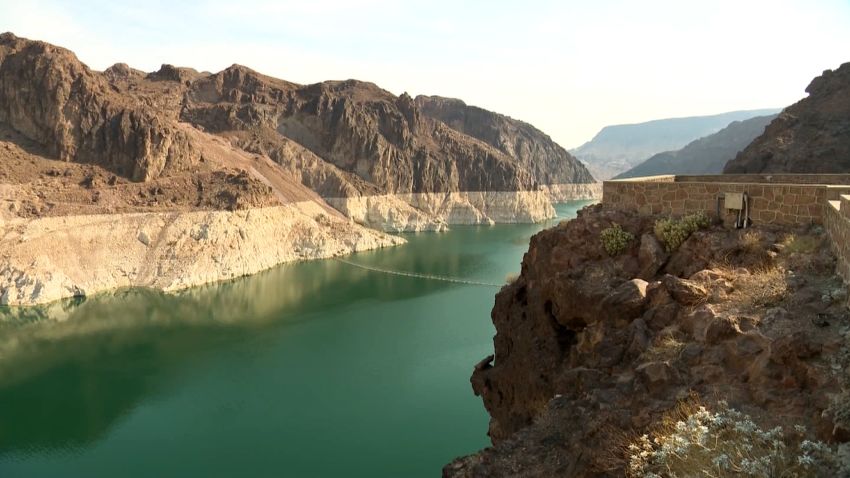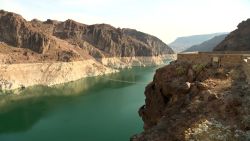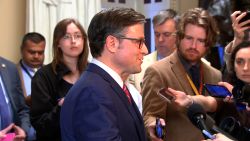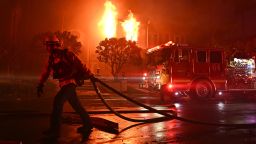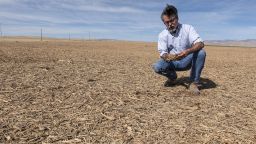California is facing a crisis. Not only are its reservoirs already at critically low levels due to unrelenting drought, residents and businesses across the state are also using more water now than they have in seven years, despite Gov. Gavin Newsom’s efforts to encourage just the opposite.
Newsom has pleaded with residents and businesses to reduce their water consumption by 15%. But in March, urban water usage was up by 19% compared to March 2020, the year the current drought began. It was the highest March water consumption since 2015, the State Water Resources Control Board reported earlier this week.
The West's megadrought
Part of the problem is that the urgency of the crisis isn’t breaking through to Californians. The messaging around water conservation varies across different authorities and jurisdictions, so people don’t have a clear idea of what applies to whom. And they certainly don’t have a tangible grasp on how much a 15% reduction is with respect to their own usage.
Kelsey Hinton, the communications director of Community Water Center, a group advocating for affordable access to clean water, said that urban communities — which typically get water from the state’s reservoirs — don’t seem to understand the severity of the drought in the way that rural communities do, where water could literally stop flowing out of the tap the moment their groundwater reserves are depleted.
“In our work every day, people feel how serious this is, and know that we need to be working toward real solutions to address ongoing drought,” Hinton told CNN. “But then living in Sacramento, you don’t see the same urgency here because we’re not reliant on groundwater and scarce resources in the same way that these communities are.”
But advocates say government officials are also focusing on the wrong approach. They say voluntary residential water cuts are not the solution, and that restrictions should be mandated for businesses and industries that use the vast majority of the state’s water.
“Corporate water abuse has to be addressed or no other measures will matter,” said Jessica Gable, a spokesperson for Food & Water Watch.
“The perception in California right now is it’s no secret any longer that drought is linked with climate change,” Gable told CNN. “But there has been no effort to curtail the industries that are using the most water, which are coincidentally the industries that are also sending out the most emissions that are fueling the climate crisis.”
Onus misplaced
Most of March’s spike in water usage came from water jurisdictions in Southern California. Usage in the South Coast hydrologic region, which includes Los Angeles and San Diego County, was up 27% over March 2020, for example, according to data provided by the state’s water board. Only the North Coast region saved water in March, cutting about 4.3% of its use.
Edward Ortiz, spokesperson for the State Water Resources Control Board, said March was a huge setback for the governor’s water goals.
“This is a concerning development in our response to the drought as a state,” Ortiz told CNN. “Making water conservation a way of life is one way Californians can respond to these conditions. Saving water should be a practice whatever the weather.”
He said Californians “need to redouble efforts to conserve water inside and outside of our homes and businesses.”
Last month, the Metropolitan Water District of Southern California announced its most severe water restrictions for residents and businesses in the counties around Los Angeles, with a goal of slashing water use by at least 35%. Beginning June 1, outdoor water usage will be limited to one day a week.
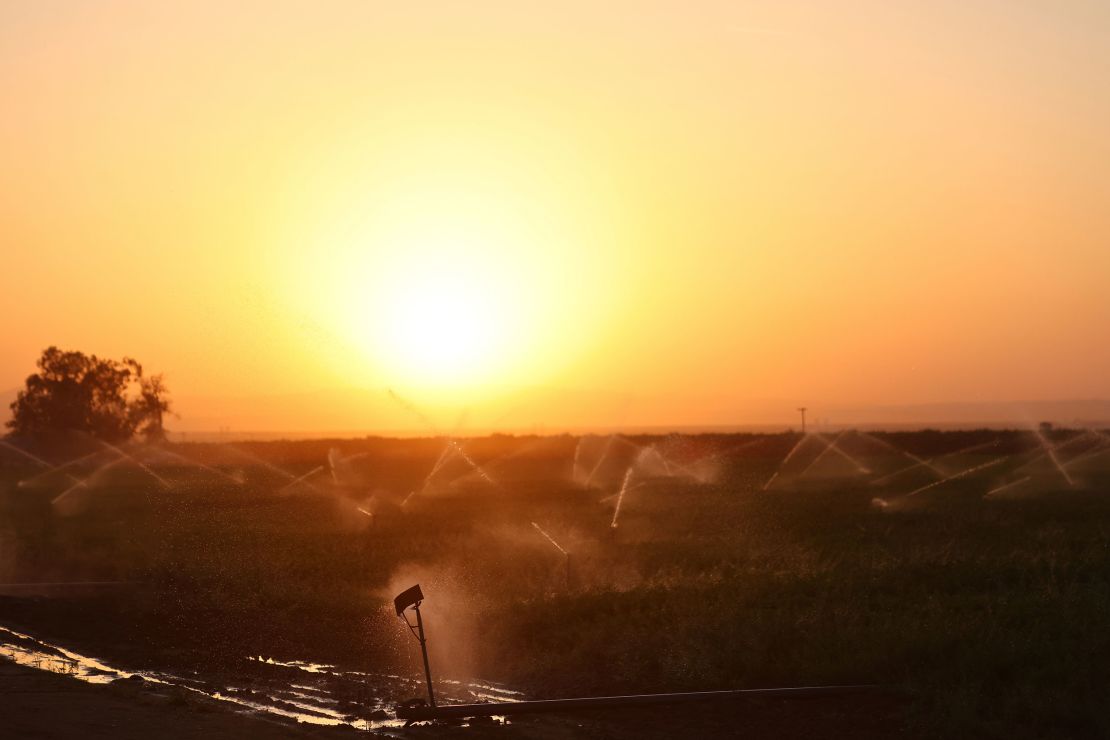
But community advocates say residents wonder whether big water users are also faced with the same pressure and painful decisions to conserve – namely, agriculture that requires a large amount of water (things like almonds, alfalfa, avocado and tomatoes) or fracking, where tens of millions of gallons of water can be used to frack a single fossil fuel well.
Gable said that while every little bit matters, the repeated pleas for individuals to save water can “seem out of touch at best and possibly negligent,” given that the industries that could drastically cut back on the excessive amount of water allocated to them are rarely held accountable.
Amanda Starbuck, research director with Food & Water Watch, said cutting back on residential water use is like telling people recycling could save the planet. While it’s a meaningful action, she said it’s not going to make a dent in the crisis at large.
“It’s also kind of a little bit demeaning to blame residential use for these crises,” Starbuck told CNN. “It’s just a small sliver of the overall consumption. It’s a much bigger problem, and we really need to start bringing in these big industries that are guzzling water during this time of drought.”
A spokesperson for Newsom’s office told CNN that local water agencies have set new targets since March that should lead to lower usage — including the outdoor watering restriction — and more decisions are coming in front of the state board this month.
“We are hopeful these actions will significantly contribute to the state’s overall water reduction goals as outdoor watering is one of the biggest single users of water,” the spokesperson said in a statement.
The spokesperson also pointed to additional funding for water resiliency the governor announced in his budget proposal on Friday. That funding is part of $47 billion slated to tackle the impacts of the climate crisis in the state.
“With the infusion of additional funding, we will be able to more effectively reach Californians about the need to conserve along with the biggest water saving actions they can take, and support local water districts in responding to the drought emergency,” the spokesperson said.
Other sources are running dry
While much of the water conversation is focused on urban usage, Hinton said rural communities live with day-to-day anxiety that the water will stop flowing.
“The bigger story, at least for us, is when we are in the middle of drought like this, it’s not just shorter showers and stopping outdoor water use for our families,” Hinton told CNN. “Our families are worried that their water is just going to stop running all together.”
These are communities that don’t rely on reservoirs — where much of the focus has been for reaching critically low levels — but instead use private groundwater wells.
The big concern is that during extremely dry conditions, the state’s groundwater levels sink while more is pulled up for agriculture and other uses.
“The urgency is there with the families we work with, because they know what’s happened before,” she said. “We have folks who have had wells dry up since the last drought and have still not been able to afford to deepen them or get connected to a long-term solution.”
Blistering heat waves, worsening drought and destructive wildfires have plagued the West in recent years. As these vivid images of climate crisis play out, Hinton believes the state needs to prioritize the water needs of individuals over industry.
“Climate change has made drought a reality for us forever, and now, this is something that we have to deal with as a state,” Hinton said. “And the more that we can accept that and be proactive, the less we’re going to be constantly reacting to these situations of entire communities going dry or of urban areas having to cut water to this amount because we’ve already overused what was available to us.”
CNN’s Cheri Mossburg, Sarah Moon, and Stephanie Elam contributed to this report.

